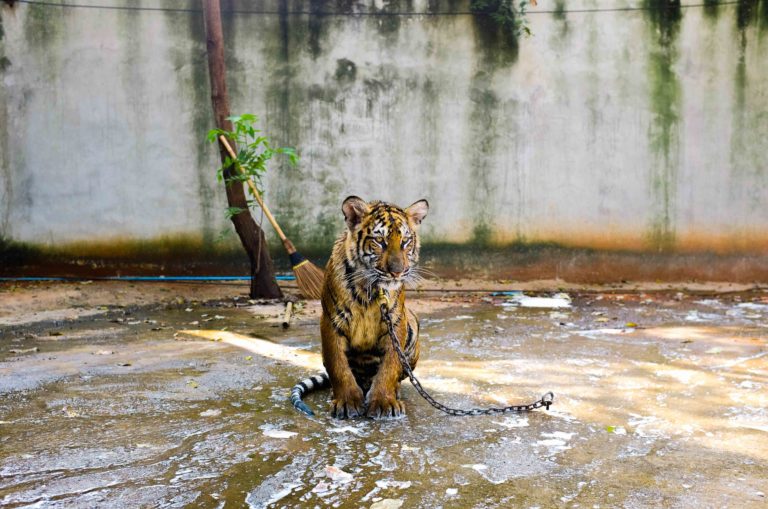A new report from wildlife sustainability and trade NGO, Traffic, shows that wildlife crime and illegal trafficking has become so rampant, that at least two tigers have been seized from traffickers every week since the year 2000.
Analysts pored over data of tigers reclaimed or seized from traffickers between 2000 and 2018, and were able to identify trends in trafficking and the plight of the much sought-after tiger.

Image: Unsplash
According to Traffic, about 124 tigers are lost to wildlife crime every year, resulting in the ever-dwindling 3,890 tigers known to be left in the wild to date.
Tigers are wanted dead or alive, for the use of their skins, whole heads and skulls, skeletons, tails, genitalia and gallbladders, the data revealed. Other specific body parts or ‘commodities’ that had been seized from traffickers include tigers’ claws and paws.
‘This pernicious trafficking—evidenced by the continuously high number of whole skins, whole animals—both dead and alive—and bones is testament to the ongoing demand for Tiger parts,’ says report co-author Kanitha Krishnasamy.
‘The time for talking is over: words must be turned into action to prevent further Tiger loss.’
In another new study from Traffic, the organisation reported the overwhelming influence of the internet and social media in wildlife crime. The ease of anonymity and e-commerce delivery systems has bolstered illegal wildlife trafficking, particularly in China with its numerous and far-reaching online trading platforms.


















